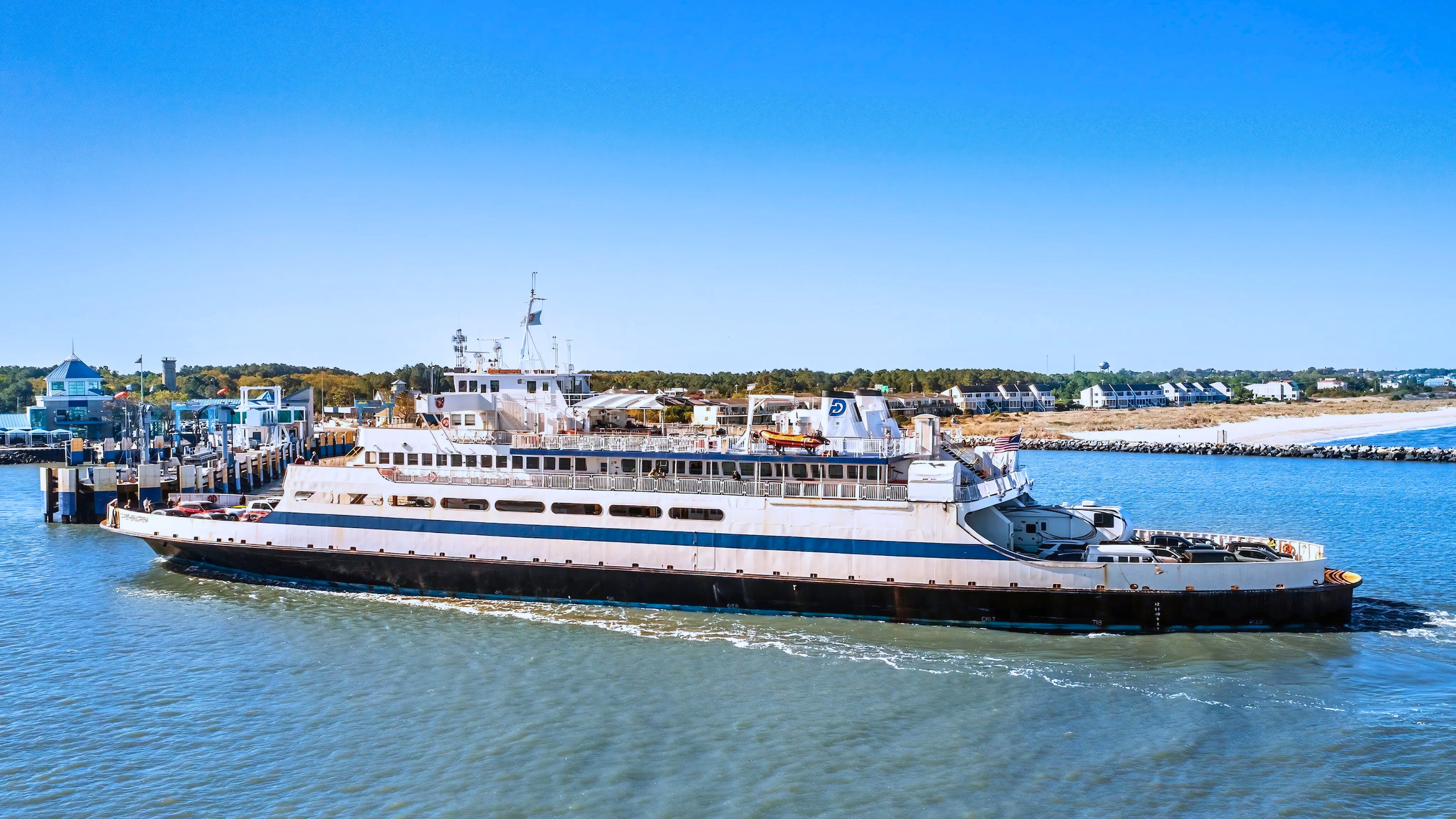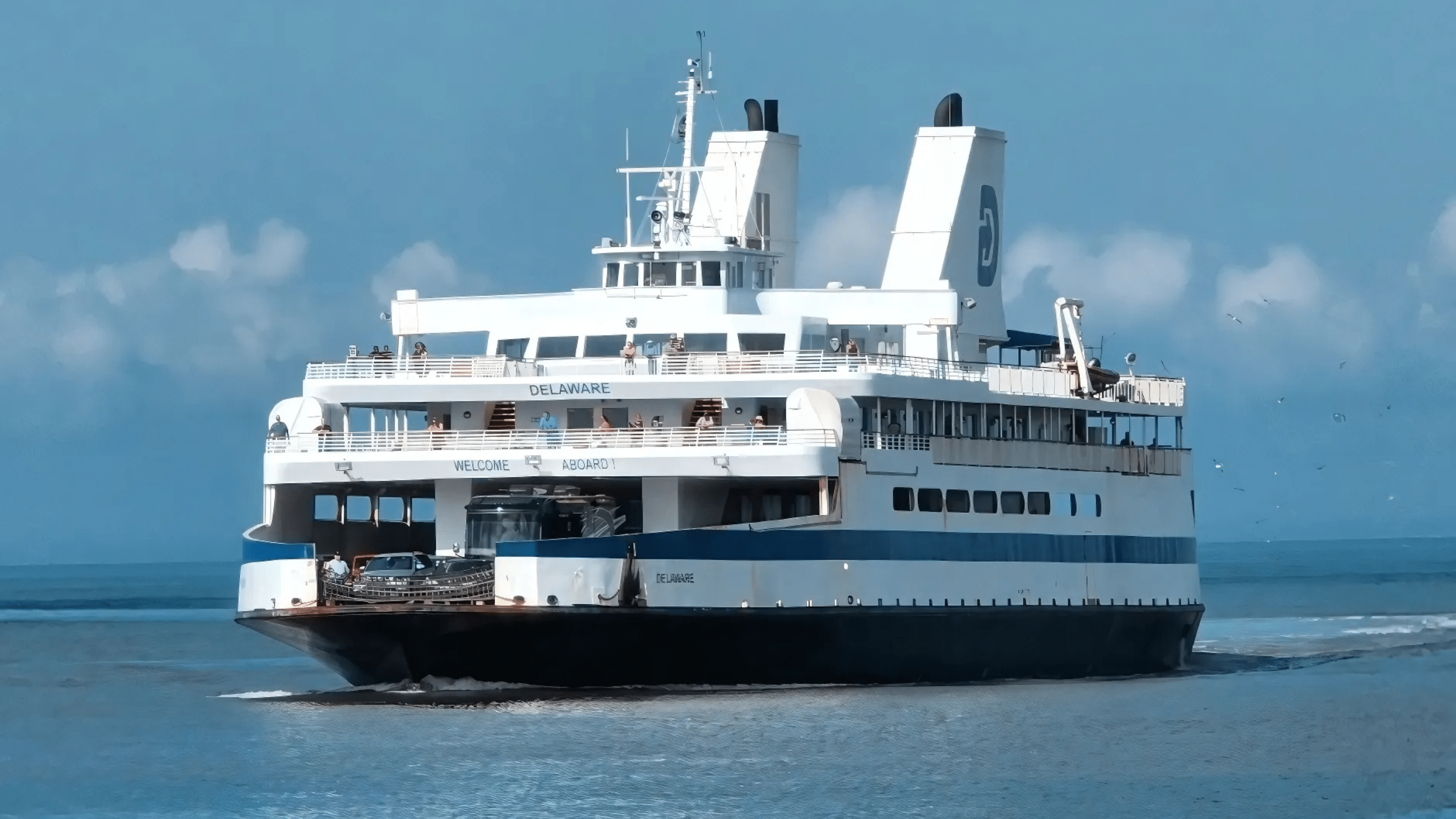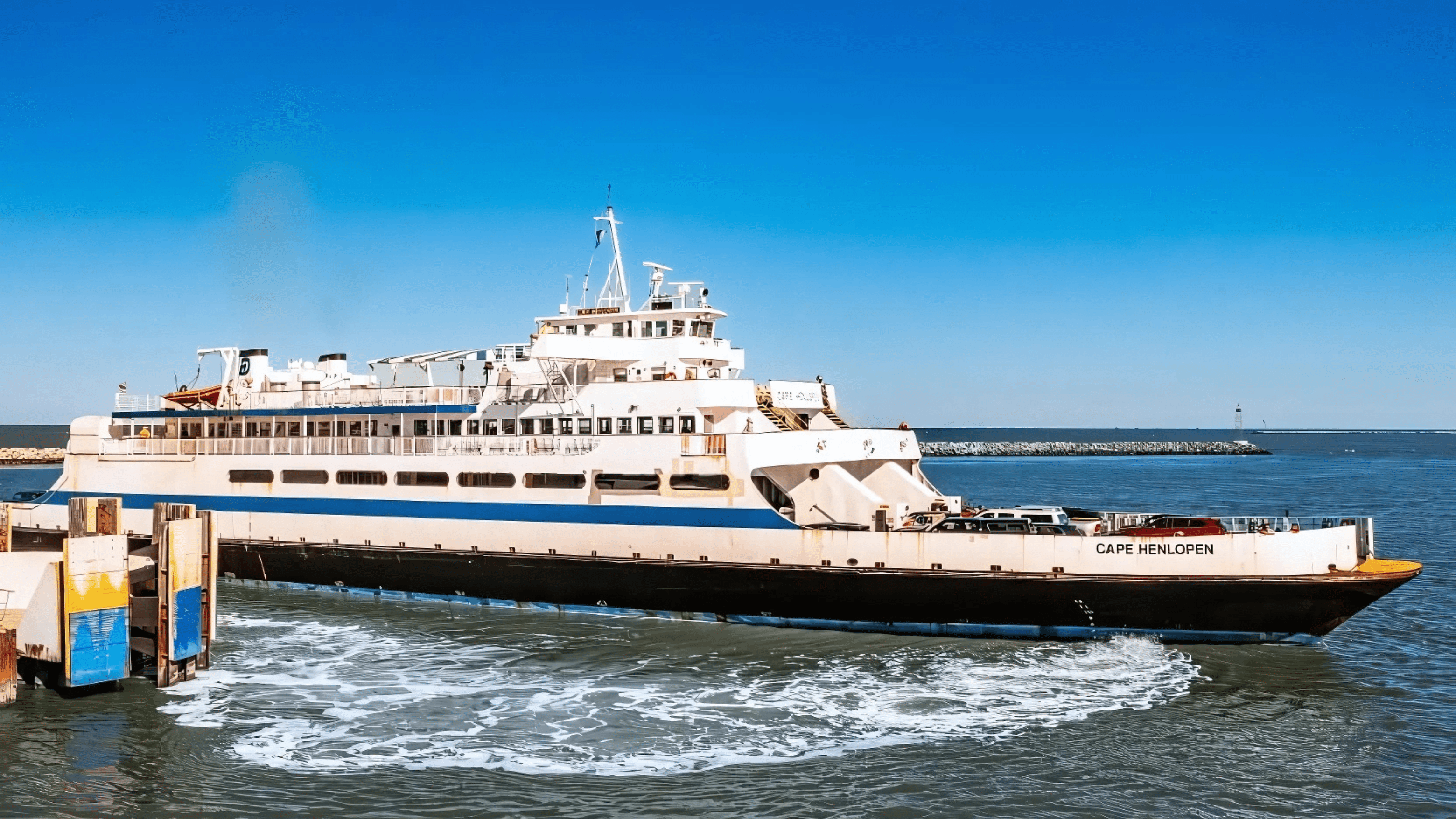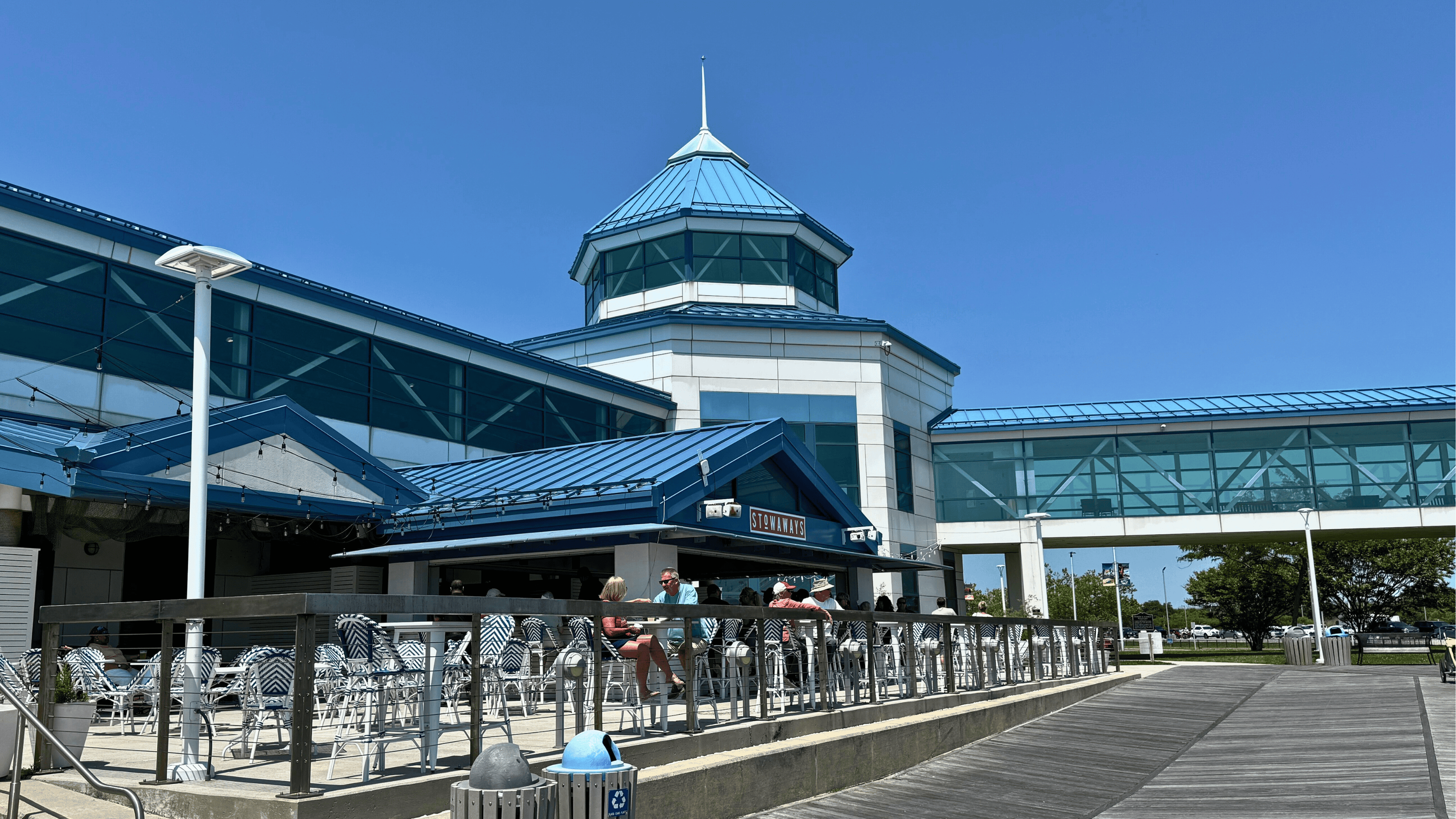Unexploded WWII Ordnance Leads to Closure of Cape May-Lewes Ferry
An unexploded World War II-era ordnance was discovered in the Cape May Canal on the evening of April 28, prompting an emergency response and a temporary halt in ferry service between Cape May and Lewes.
According to the Delaware River and Bay Authority (DRBA), the device was found during low tide in the canal. Upon discovery, the United States Coast Guard swiftly closed the waterway as a safety precaution.

Unexploded WWII Ordnance Leads to Closure of Cape May-Lewes Ferry
A bomb squad from Atlantic City was dispatched overnight to assess and neutralize the potentially dangerous device.
At the time of the discovery, the ferry vessel MV Delaware was actively en route with 70 passengers aboard.

For safety reasons, passengers remained there overnight until operations could safely resume.
Also See: The Vanishing of Jesse Hunt: Wildwood’s 1906 Surfside Mystery

“We apologize for any inconvenience this incident may have caused,” the Cape May-Lewes Ferry posted on Facebook, thanking travelers for their patience during the unexpected disruption.
The nature of the ordnance and how it came to rest in the canal remains under investigation.

The nearby Naval Air Station Wildwood–located at what is now the Cape May Airport–served as a major training facility for dive-bomber and torpedo-bomber pilots.
These airmen conducted practice missions over the Atlantic Ocean, nearby marshlands, and coastal waters.

If you ever see anything in the water that could look like something that shouldn’t be there, it’s best that you call 911 to make sure no one can get hurt.
To learn more about a secret World War I bunker in Cape May County, watch the video below.
